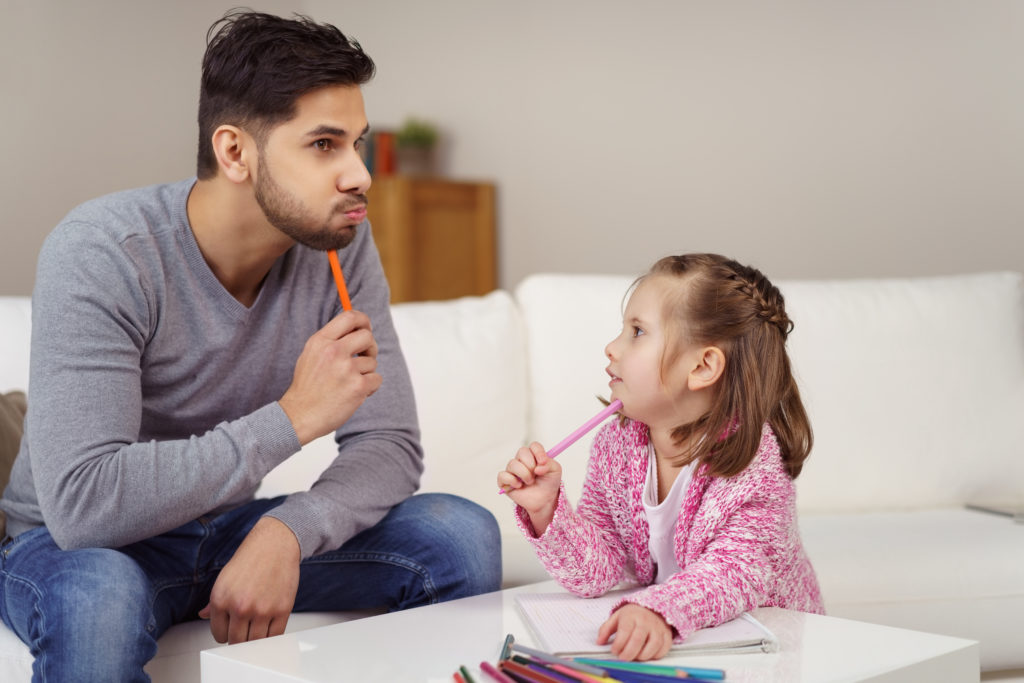
Some problems are simple, and we can quickly resolve them. Others are complex problems that need teamwork, ingenuity, and a significant amount of effort to solve.
The problem resolution process involves:
- Recognizing a problem
- Determining its source
- Identifying and ranking potential solutions, and
- Executing the best solution
There are several universal approaches that we may use to address problems in our lives successfully, and we may boost our confidence in our potential to achieve by establishing a set of problem-solving abilities.
Problem Solver Defined
Problem solvers look at all aspects of an issue and develops a solution that best satisfies all parties. Problem solvers also employ many of the same abilities as convergent thinkers because they must examine other aspects in addition to the initial issue.
Good problem solvers are also good thinkers. When presented with a crisis, they will not become too emotional. They see challenges as opportunities and experiences and remain unbiased when responding to problems. Fearless problem solvers know that every issue has a resolution, and they have confidence in themselves and their capabilities to discover the best remedy.
Quick and effective problem solving is an essential life skill. Problem-solving involves identifying problems, coming up with feasible solutions, implementing those solutions, and evaluating the effectiveness of the solutions.
Becoming a Problem Solver
When becoming a problem solver or helping your child become a problem solver, remember that the following four steps are essential in instilling problem-solving ethos in learners’ lives.
Identify Causation
To find a resolution to a problem, you must first determine what caused it by obtaining and analyzing data, isolating potential contributory factors, and defining what should happen to find a solution. Creating a detailed list of all relevant components might help you determine which aspects are most successful in averting future problems or crises.
Make Room for Interventions
Consider the spectrum of options open to you once you’ve discovered the source of a problem. It may be essential to work with other students or peers to unearth solutions that you would not have found on your own. Keep in mind the potential repercussions of any course of action as you investigate various options.
Skills needed for this undertaking are:
- Brainstorming
- Imaginative problem-solving
- Prediction
- Forecasting
- Designing and planning a project
Generate Solutions to the Problem
The aptitude to collect and examine evidence to make efficacious judgments or generate resolutions to problems is known as problem evaluation.
You must examine the nature of the problem and your priorities hierarchy, as well as the possible risks of implementing each option, all while considering prospective solutions to challenges. When selecting, keep in mind the potential obstacles to each solution’s implementation.
Requisite skills needed in this stage of the problem-solving journey are:
- Analytical discussion
- Teamwork in the production of tests corroboration
- Prioritizing key problem-solving initiatives
- Implementing the problem-solving plan
After you’ve decided on a plan of action, you’ll need to carry it out and assess the results. To do so, set goals for yourself and develop benchmarks to track your progress. Keeping your peers informed about any changes in your study flow or school-life pattern may also help you stay organized.
Problem Solving Activities for High School Students
Students can utilize “visual representations” to organize their thoughts and offer proof of their reasoning. They can also indicate their approach to solving as they go through each stage. Problem-solving puzzles challenge players to solve visual or mathematical problems using critical thinking abilities. Problem-solving puzzles include activity rooms, Sudoku, and treasure hunting games. These activities aim to improve students’ thinking and decision-making abilities in groups to foster teamwork and self-confidence. The games listed below are unique problem-solving activities for high school students:
- Brainstorming blitz
Having students make lists pertinent to a topic might help them better understand the subject and improve problem-solving abilities. If you’re studying a historical event that didn’t go as planned, have students make a list of ways the protagonist or participants may have influenced the result. They can brainstorm independently on paper or in front of the class on a chalkboard.
- Collaborative problem-solving
This exercise encourages students to anonymously write down and report any problem or difficulty they are experiencing at school or at home that they cannot resolve independently. Have a student draw one of the things from the box and read it aloud once or twice a week. Then, as a class, choose the best manner for the student to address and hopefully resolve the problem.
- Create Scenarios for survivors’ Games
Encourage students to create circumstances that need innovative solutions to stoke their imaginations. For example, run through a scenario in which a group of schoolchildren is stuck on an island for three days with little food and water and must manufacture shelter from objects found on the island. As the problem solvers brainstorm together, encourage collaboration and vigorous debates; each child should be able to be heard by the group.
Final Thought
Children who learn to handle difficulties without resorting to rash or violent actions will better avoid conflict in the classroom and their daily lives. Problem-solving skills make students great conflict diffusers and resolvers. Problem solvers may also be better at recognizing the purpose (or lack thereof) behind other people’s behaviors. They’ll be more inclined to attach positive attributes to other people’s activities. Finally, people who have sharpened problem-solving skills are valuable in the workplace. Equipping your children with problem solving skills is equipping them for their futures. Returns to such educational investments pay off when the student can succeed in their chosen career paths.
